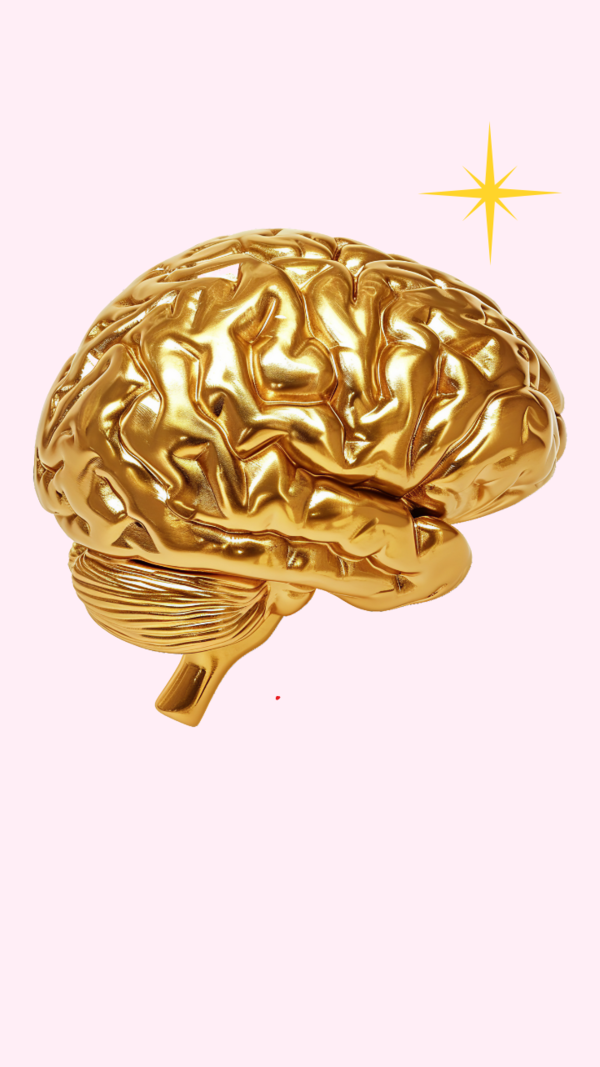Trending
What is the new colour ‘Olo’ that has never been seen before, and how was it discovered
US researchers have seemingly discovered 'olo', a never-before-seen colour, using laser technology to stimulate specific eye cells. This super-saturated blue-green, unlike anything in nature, was experienced by volunteers through isolated stimulation of the 'M cone'. While not naturally visible, this breakthrough could revolutionize our understanding of colour perception and potentially aid colourblind individuals, despite some skepticism about its novelty.
Imagine waking up one day and seeing a colour you’ve never seen before. Not blue. Not green. Not even something in between, but something entirely unfamiliar. This isn’t science fiction. A group of researchers in the US believe they’ve discovered a brand-new colour that no human eye has ever perceived before. It’s been named olo, and it's said to be a super-saturated blue-green unlike anything that exists in the real world. This discovery was made using a laser experiment designed to stimulate specific parts of the eye, opening a whole new dimension in how we understand colour and vision.
Introducing Olo: A colour beyond human perception
Olo is described as a highly saturated shade of blue-green, but much deeper and more intense than anything found in the natural world. According to Professor Ren Ng from the University of California, who co-led the experiment and even experienced olo himself, it’s like turning the brightness and colour dial far beyond what our eyes are used to.
“It’s like seeing only baby pink your whole life,” he explained, “and then one day, boom, someone shows you red for the first time.”
How did the scientists find it
This wasn’t a colour that suddenly popped out of the sky. The scientists used a special device called “Oz” that fires extremely precise laser pulses into a person’s eye. Sounds intense? It is, but also perfectly safe in a controlled setting.
The laser was aimed to stimulate just one type of colour-sensitive cell in the eye, called an “M cone,” which normally helps us see green. But here’s the trick: in real life, when we see green, our eyes always mix it with signals from other cones (like those that detect red or blue). What the scientists did was isolate just one — the M cone — giving the brain a signal it never gets on its own.
And when that happened, the volunteers saw olo — a colour that doesn’t exist in nature and can’t be shown on a screen or painted on a wall.
Can you see ‘olo’ naturally
Here’s the catch: you can’t see olo without help. It’s not visible under normal lighting or in the natural world. You’d need the same kind of laser setup the researchers used to stimulate your eye in that exact way.
So olo isn’t something you’ll find in a paint store or wear on a t-shirt just yet. But the discovery is still groundbreaking because it proves that the human brain is capable of perceiving more than we ever thought possible.
Not everyone’s convinced
Some experts are a little sceptical. They say the experiment might not really prove a “new” colour, but just a new way of combining signals that we already process. In other words, it’s not a new colour in the rainbow, just a trick of the mind.
But even critics agree that the technology is impressive and the possibilities are huge.
Why this matters
Beyond the wow factor, this discovery could have important applications, especially for people who are colourblind. If scientists can learn how to isolate and trigger different cone cells, they might find new ways to help people who can’t distinguish certain colours to finally experience them.
End of Article
Follow Us On Social Media
Visual Stories
Tired of too many ads?









